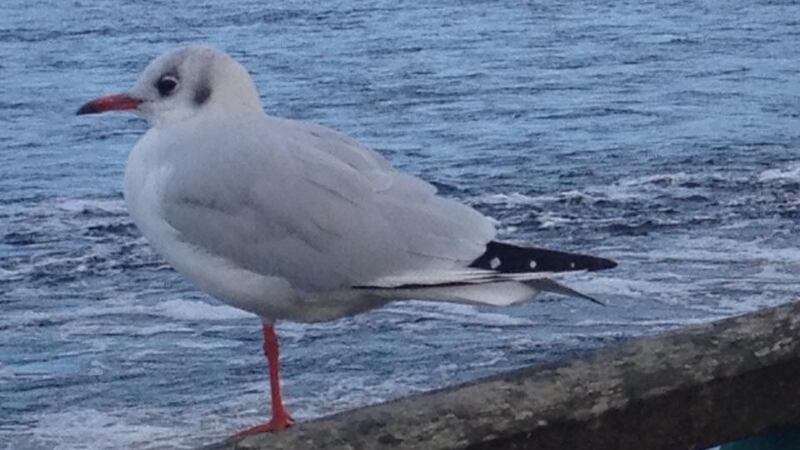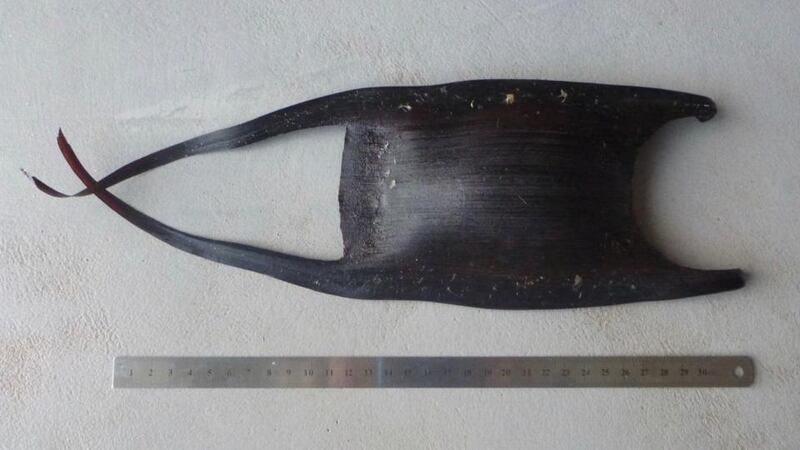Is this a bee on my amaryllis houseplant? It must have been in the soil. Will it die if I put it outside? – Margaret Daly, Ashbourne, CoMeath
It is the narcissus bulb fly, a hoverfly that mimics bumblebees. It lays its eggs in the soil at the base of the plant, where they hatch, then migrate to the bulb, where they feed and turn into flies. It has not been reported in Ireland but is common in Britain and must have come in imported plants. It is not to be encouraged.
Do the flights of starling flocks at dusk and the sudden drop of the leading birds into a roost mean that the weaker birds surround the leaders and protect them from predators? – Brian Ó Daimhín, Droichead Nua, Co Cill Dara
In these huge flocks of starlings the lead birds change all the time. When they roost those on the outside of the flock rotate by gravitating regularly towards the middle.

In Limerick I saw a number of gulls standing one-legged on railings overlooking the River Shannon, the other leg tucked out of sight. How common is this practice? – Paul Clements, Ravenhill Park, Belfast
Gulls stand on one leg and fold the other leg alternately into their feathers to keep them warm.

We found a white skate egg case (above) and an undulate ray egg case on the shore, things we had not seen before the storms and floods. – Sabine Springer, Kinvara, Co Galway
A bird of prey landed on my decking and proceeded to attack some sparrows in a tree. It was larger than a magpie, had a curved beak and brown/tawny plumage. – Catherine Casey, Lucan, Co Dublin
It sounds like a female sparrowhawk.
Ethna Viney welcomes observations and photographs at Thallabawn, Louisburgh, Co Mayo, F28 F978, or by email at viney@anu.ie. Please include a postal address








